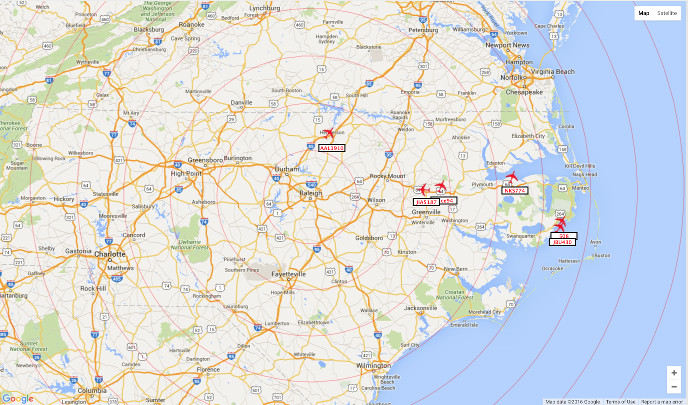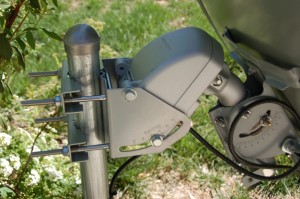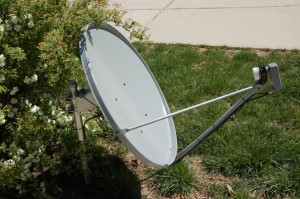As an amateur radio operator and full-time geek, I’ve always been interested in the convergence of technologies, especially when the convergence scratches a few of my itches. One one of my latest hobbies is tracking commercial airliners through their ADS-B broadcasts. It’s a hobby that doesn’t take much time outside of setting it up. In about two hours, I configured a receiver, built an antenna, and set up software that shares what I find with the world, and all for under $30. Here’s how I did it.
The ADS-B protocol is a digital “status update” signal broadcast by airplanes which updates other aircraft around it with important location information and the like. The FAA would eventually like to see ADS-B take the place of ground-based radar but not all airplanes use it yet. Transceivers are still pricey and owners of general aviation aircraft like Cessnas largely haven’t yet adopted the system. There’s an amazing amount of data being sent and anyone with the proper receiver can intercept it (oops, that’s what we called radio reception when I was a Navy cryptologic technician), and that receiver can be dirt-cheap like the RTLSDRs.
Three years ago the radio-geek world was set ablaze when it was discovered that a mass-market DVB-T USB device had the ability to become a software-defined radio, basically a wide-range receiver that can easily decode almost any signal. Hobbyists soon were using these $15 RTLSDR dongles for just about everything, including tracking airplanes. I had a few lying around that weren’t really being used for anything so I hooked one up to my Raspberry Pi
Continue reading




